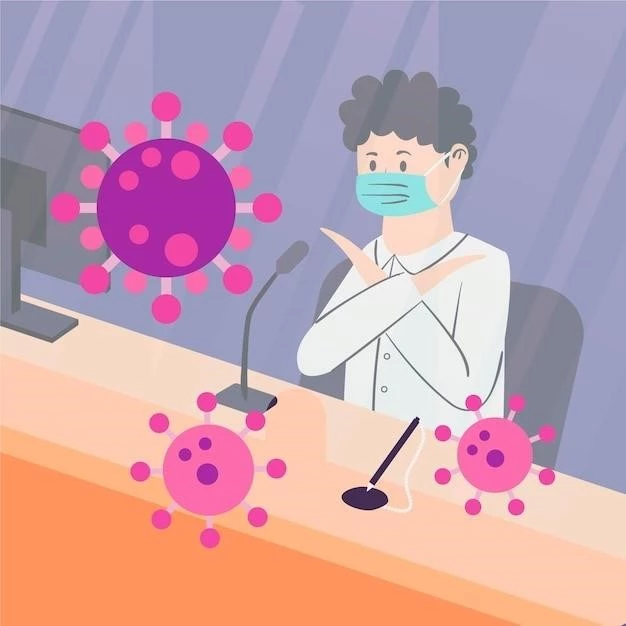Overview of Poxviridae Disease
Poxviruses belong to the family Poxviridae and are responsible for a wide range of diseases in humans and animals.
These viruses have a complex structure and impact, historically known for causing significant diseases like smallpox.
Definition and Classification
Poxviruses from the family Poxviridae lead to a diverse range of diseases affecting both humans and animals. Within this family, various subfamilies and genera exist, with the most critical genus for human disease being Orthopoxvirus, known for causing smallpox.

Types of Pox Diseases
Poxviruses cause a spectrum of diseases in humans and animals worldwide, including smallpox, cowpox, and monkeypox.
Human Pox Diseases
Poxviruses encompass a spectrum of diseases impacting humans globally, notably smallpox, cowpox, and monkeypox. These diseases have historically posed significant public health challenges.
Animal Pox Diseases
Poxviruses cause a range of diseases in animals such as sheep pox, horse pox, fowl pox, cowpox, goat pox, and swine pox. These diseases impact various animal species worldwide.
Impact of Poxviridae on Public Health
The Poxviridae family has significantly impacted public health historically, with diseases like smallpox posing major challenges.
Historical Significance
The Poxviridae family has a profound historical impact, notably through smallpox, a disease that plagued humanity and was eventually eradicated through vaccination efforts.
Current Challenges
Despite the eradication of smallpox, poxviruses continue to pose challenges, with emerging diseases like monkeypox requiring vigilant monitoring and control measures to prevent public health threats.

Monkeypox⁚ A Zoonotic Disease
Monkeypox, caused by the monkeypox virus, belongs to the family Poxviridae and is considered a zoonotic disease.
Introduction to Monkeypox
Monkeypox is a zoonotic disease caused by the monkeypox virus, a member of the Poxviridae family with characteristics similar to variola virus, the causative agent of smallpox.
Monkeypox Virus and Transmission
Monkeypox, caused by the monkeypox virus, is a zoonotic disease that can be transmitted to humans from animals. The virus belongs to the Poxviridae family and shares similarities with the variola virus responsible for smallpox.
The family Poxviridae includes various subfamilies and genera, with an extensive host range and unique genomic characteristics.
Taxonomy and Evolution of Poxviridae
The family Poxviridae is classified into various subfamilies and genera, each with distinct characteristics and host ranges. This extensive taxonomy reflects the genetic diversity and evolutionary history of poxviruses.
Host Range and Genetic Characteristics
The family Poxviridae is known for its wide host range, infecting vertebrates and arthropods. With 83 species divided into 22 genera, these viruses exhibit unique genetic characteristics, contributing to their ability to infect various hosts.
Treatment and Prevention Strategies
Effective management of Poxviridae infections involves specific treatment approaches and comprehensive vaccination programs to control the spread of these diseases.
Management of Poxviridae Infections
Effective management of Poxviridae infections involves a combination of antiviral medications to alleviate symptoms and supportive care to help patients recover. Isolation and infection control measures are crucial in preventing the spread of these viruses.
Vaccination and Control Measures
Vaccination is a crucial strategy for preventing Poxviridae infections, with specific vaccines developed to target various poxviruses. Additionally, public health measures like surveillance, quarantine protocols, and public awareness campaigns play a vital role in controlling the spread of these viruses.
